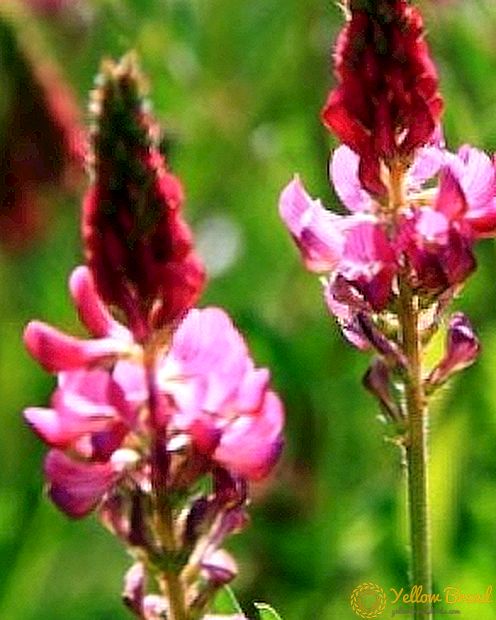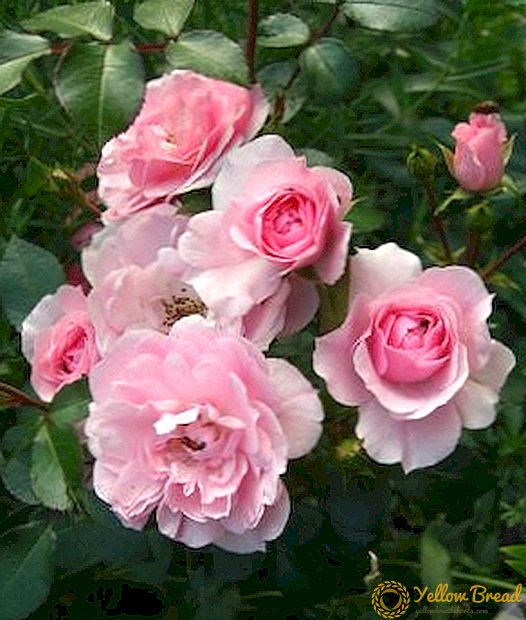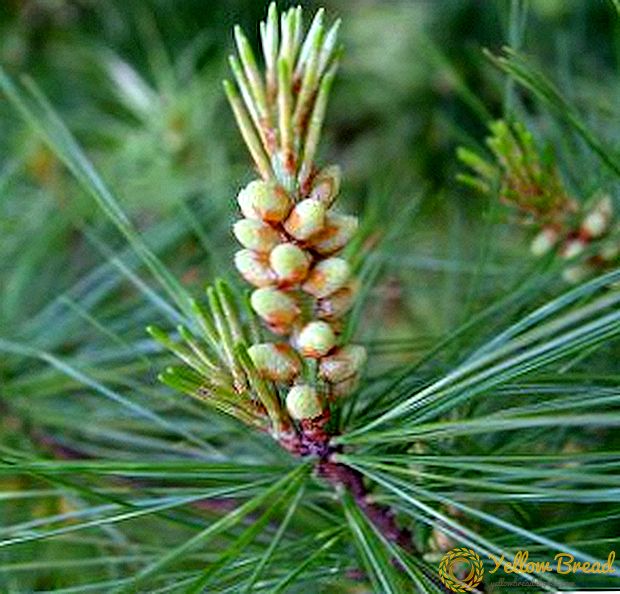 Wild mountain sheep are close relatives of the domestic sheep. Their types and features will be discussed in this article.
Wild mountain sheep are close relatives of the domestic sheep. Their types and features will be discussed in this article.
- Mountain sheep
- Where live?
- Kinds
- Mouflon (European)
- Arkhar (steppe mouflon)
- Snowy (Great Wall, Chubuk)
- Dalla (tonkorogiy)
- Urial (Turkmen Mountain)
- Features of the life cycle
- Is it possible to tame an animal?
Mountain sheep
Mountain sheep is the common name for several species of wild sheep, usually found in mountainous areas. They belong to the group of the artiodactyl and the family of bovine animals.
Their distinctive feature is massive, spirally twisted horns, the length of which can reach 190 cm. The average length of a ram, depending on the type, is 1.4-1.8 m, and its height is from 65 to 125 cm. Different types weigh from 25 up to 225 kg.
Due to the fact that their eyes are located on the sides, and the orientation of the pupils is horizontal, the sheep are able to see behind them without turning around. They also have a well-developed hearing and smell.  Male and female individuals differ in size of the torso and horns. In females, some species of horns are completely absent.
Male and female individuals differ in size of the torso and horns. In females, some species of horns are completely absent.
Sheep feed mostly on grassy plants, but their diet includes berries and tree leaves.In winter, dry cereal crops and wormwood are extracted from under the snow drifts, and rosehip branches, moss and lichens are also eaten.
Where live?
Mountain sheep inhabit the territory of the Northern Hemisphere. They live in the mountains and foothills, and are also found in the deserts of Eurasia and North America. Typical regions inhabited by mountain sheep are the Caucasus, Tibet, the Himalayas, the Pamirs, the Tien Shan.

Kinds
Until now, scientists have not established the exact number of species of wild sheep. Consider the 5 most common.
Mouflon (European)
Mouflon - the only representative of wild sheep in Europe. It lives in open areas, mainly on gentle mountain slopes. His coat is smooth and short, slightly longer on the chest. The red-brown hair on the back, becomes chestnut by winter, and white on the chest.
The length of the torso of the male, together with the tail (about 10 cm), reaches 1.25 m, the height at the withers is 70 cm. The horns of the male are about 65 cm long, well developed, and have a triangular cross section.  Horns are extremely rare in females. The weight of the ram is 40-50 kg. The size of the females is smaller than the males, they have a lighter coat color.
Horns are extremely rare in females. The weight of the ram is 40-50 kg. The size of the females is smaller than the males, they have a lighter coat color.
Mouflon, like all sheep, is a gregarious animal. Sometimes they gather in large herds of up to 100 individuals. During the year, females and males live separately, uniting only in winter, during the mating period.
In the mating season (late autumn) males arrange fights with each other. Life expectancy is from 12 to 17 years.
Arkhar (steppe mouflon)
Argali were ubiquitous in the Tien Shan and Southern Altai. However, in recent years, their numbers have declined markedly due to human activity, in Altai they have completely disappeared.
Argali inhabit the highlands and lead a sedentary lifestyle. If for a long time in one place you can find food and no one is disturbed by rams, they do not wander.
 The mating season comes in the fall. The pregnancy of the female lasts about six months, usually in the litter one, at least - two lambs. Life expectancy of argali is 10-12 years.
The mating season comes in the fall. The pregnancy of the female lasts about six months, usually in the litter one, at least - two lambs. Life expectancy of argali is 10-12 years.Males have powerful horns, spirally twisted. The horns of the females are thin and much shorter, almost not curved. The color of the body, as a rule, is brownish-brown on the sides and on the back, and the belly and neck are snow-white.
Snowy (Great Wall, Chubuk)
The body of the bighorn sheep is small but muscular, with a small head, on which are located unique horns in appearance. They are characteristic both for males, there and for females, in length can reach 110 cm.
Bighorn sheep are also called "bison" or "chubuk". The legs are rather short and powerful. The body is covered with thick short hair, which protects them from frost. The color of the animals is predominantly brown-brown, there are white spots on the body, mainly on the head.
The length of the torso of males is in the range from 1.40 to 1.88 m, height at withers - 76-112 cm. They weigh from 56 to 150 kg. Females are smaller in size, the length of their bodies is 126-179 cm, height - 76-100 cm. Body weight - from 33 to 68 kg.  They live in small herds in several individuals, in the fall they get together in bigger groups, but not exceeding 30 heads.
They live in small herds in several individuals, in the fall they get together in bigger groups, but not exceeding 30 heads.
Dalla (tonkorogiy)
Dallah is found in North America (in the western part of Canada and in the mountainous regions of Alaska). This species is distinguished by snow-white hair, sometimes individuals with black tails and grayish spots on the back and sides are caught. Adults have a body length of 1.3-1.8 m.
Males weigh from 70 to 110 kg, females - up to 50 kg. Males have spiral horns that spin more and more with age. The horns of the females are much smaller and thinner. They live an average of 12 years.
Dalla’s rams are very social, not hostile to neighboring groups. Males and females live in separate herds and unite during the rut.
Among males there is a strict hierarchy, which is determined by the size of the horns. Males arrange competitions among themselves, but thanks to a strong skull, injuries are quite rare. 
Urial (Turkmen Mountain)
This is one of the smallest species of wild sheep, they are common in Central Asia. Its weight does not exceed 80 kg, and the height at the withers is up to 75 cm. Their coat color is brown, slightly brightens in summer.
On the rump there is a white spot, and in males the hair in the neck and chest is black. The horns of males are massive, in length they can reach 1 meter, with a convex outer surface and fine transverse wrinkles.
They live on the slopes of mountains and plateaus where open pastures are present, without gorges and cliffs. Like other species, females and males of urials live in separate herds and unite for the mating season. Pregnancy lasts for half a year, as a result one lamb is born. The Turkmen mountain sheep live for about 12 years. 
Features of the life cycle
Sheep reach sexual maturity in 2-3 years. Males and females of all species live in separate herds and create mixed groups only for the mating period, which begins with the arrival of cold weather.
Such groups disintegrate by spring. Males arrange fights for the right to own a female. The pregnancy of the female lasts from 5 to 6 months. Before giving birth, she retires from the herd in a secluded place. Usually one or two lambs are born, their weight is from three to five kg. Under natural conditions, sheep live no longer than 15 years.
Is it possible to tame an animal?
Of all species, it is possible to tame only mouflon and argali. For a comfortable stay in captivity, they need spacious pens with high and strong fences, as well as with the room where the trough and the feeder are located, and in which they can shelter from the heat and cold.
 In everyday life, a person uses sheep (sheep) to get milk, meat, skin and wool from them.
In everyday life, a person uses sheep (sheep) to get milk, meat, skin and wool from them.





